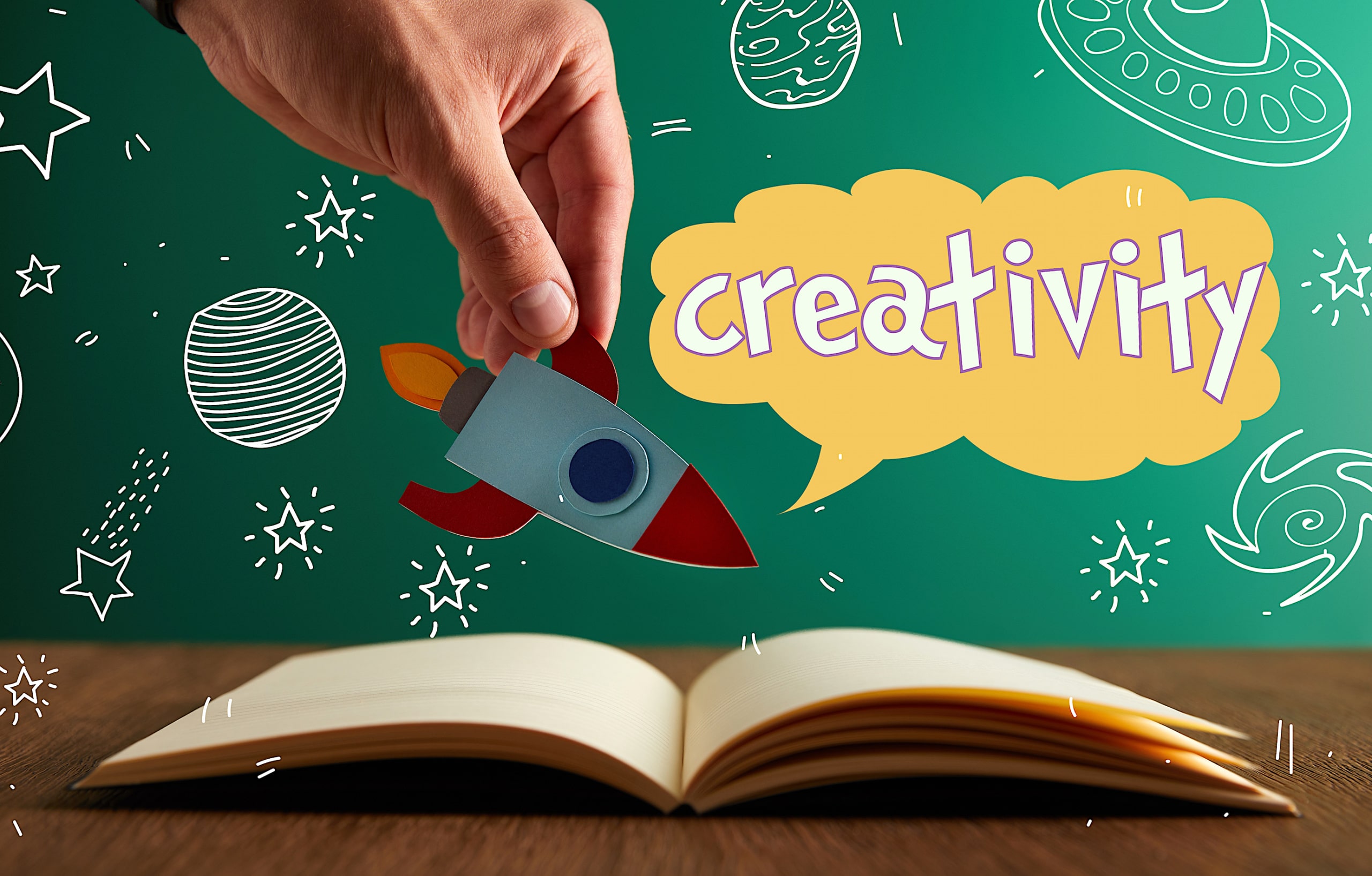Table of Contents
In the early 1980s, James Flynn identified a curious pattern in human intelligence. IQ test scores had increased significantly from 1932 to 1978, averaging a five-point gain every 15 years. This trend, later dubbed the “Flynn Effect,” continued into the 1990s. So if an average person today were to take the test from a century ago, they would get an IQ score of 130 – a score that would place them in the gifted category! The rationale for why IQ scores increased has been hard to pin down. Initially, the Flynn effect was attributed to factors like better socioeconomic circumstances, nutrition, and schooling. However, more recently, Flynn proposed a different mechanism for the trend- creative changes in education and the workplace.
The Role Of The Changing Workforce
The catalyst for increasing IQ scores, according to Flynn, was really the Industrial Revolution. The 20th century drastically changed the nature of employment, where more cognitively demanding work became the norm. In the preceding century, only about three percent of the population was employed in cognitively demanding professions, whereas in the 20th century that percentage went up to more than 35 percent. Not only were more people doing cognitive work, the complexity of the cognitive work itself went up as well.
The demands placed by the Industrial Revolution created a domino effect that resulted in changes to education. Formal schooling to prepare youth for the changing work environment became the norm and what was taught in schools also shifted from simply learning facts to being able to think and reason critically.
But as we move deeper into the 21st century, the workforce is yet again poised for dramatic changes. The demands of the new Conceptual Age (as coined by Daniel Pink, author of A Whole New Mind) don’t simply relate to our ability to reason in the abstract, but also to think in creative ways. Technology, especially AI, is making jobs that rely on purely logical and sequential thinking increasingly obsolete.
Creativity, on the other hand, which is about coming up with original and useful ideas, has an advantage. Machine learning algorithms that rely on extensive prior examples can’t really do much original thinking. Not surprisingly then, economic predictions show that non-routine cognitive jobs are going to continue growing, while routine jobs get automated.
We are once again on the cusp of a changing workforce – one that will prioritize innovation and creativity over other skills. But can one learn to be more creative? Or is it something that you are born with?
Are Creative Skills Hereditary?
Twin studies are one of the best ways to figure out if a particular trait is hereditary. In twin studies, an equal number of identical (those who share all of the genes) and fraternal (those who have different genetic makeup) twins are recruited. For most traits, we expect twins to show more similarity than unrelated people as they share the same environmental influences. However, if identical twins show a higher level of correlation on a trait than fraternal twins, the trait is believed to have a genetic component.
Several twin studies have found that there is only a small genetic component to creativity. In one study, researchers evaluated five measures of creativity and found that only two showed some evidence of heritability. Two traits considered to be most closely associated with creativity – ideational fluency and originality – were not found to be heritable. So, in the nature vs. nurture debate, creativity falls primarily on the nurture side.
This is a comforting thought – by creating the right environment and tools, it is possible to make people more creative. Just like teaching critical and abstract reasoning was highly effective during the last century, teaching creativity will prepare students better in this century.
Teaching Creativity
A plethora of research studies that range from process to personality, have shown that creativity training can be effective. Prof. Ginamarie Scott, an expert on creativity, along with other colleagues, did a meta-analysis of 70 other studies on creativity to understand what kinds of training programs were most effective. Their analysis found that the best training programs had the following in common:
Focus on cognitive techniques
Training programs that taught different heuristics and strategies in a structured form were far more impactful than programs that were more exploratory in nature and didn’t provide much guidance. Simply demonstrating creative thinking techniques (associative or reverse thinking are examples of such techniques), led to an improvement in divergent thinking scores.
Lengthy and challenging training
While short trainings that demonstrated creativity techniques are useful, programs that ran for longer where participants worked with challenging problems were better in building the creative muscle.
Real world applications
Finally, programs that also incorporated complex, real-world problems where participants could apply the techniques they learned were more effective. By working on more realistic problems, participants could transfer learning to their domains, leading to a more meaningful learning experience.
Much like the industrial revolution, the 21st century brings with it new expectations of relevant skills. Creativity is increasingly expected to be the most important skill for students to be successful in the coming years. Based on the research so far, we have all the ingredients to develop successful creativity teaching programs that can benefit students. What’s missing is a mandate to make this a priority in our educational system.
Further Creative Reading
- edCircuit – Dr. Pronita Mehrotra Articles and Columns
- Forbes – This Is What Happens When We Close Doors On Creativity In The Classroom
- edCircuit – An Urgent Effort to Support Student Needs in Response to COVID-19



